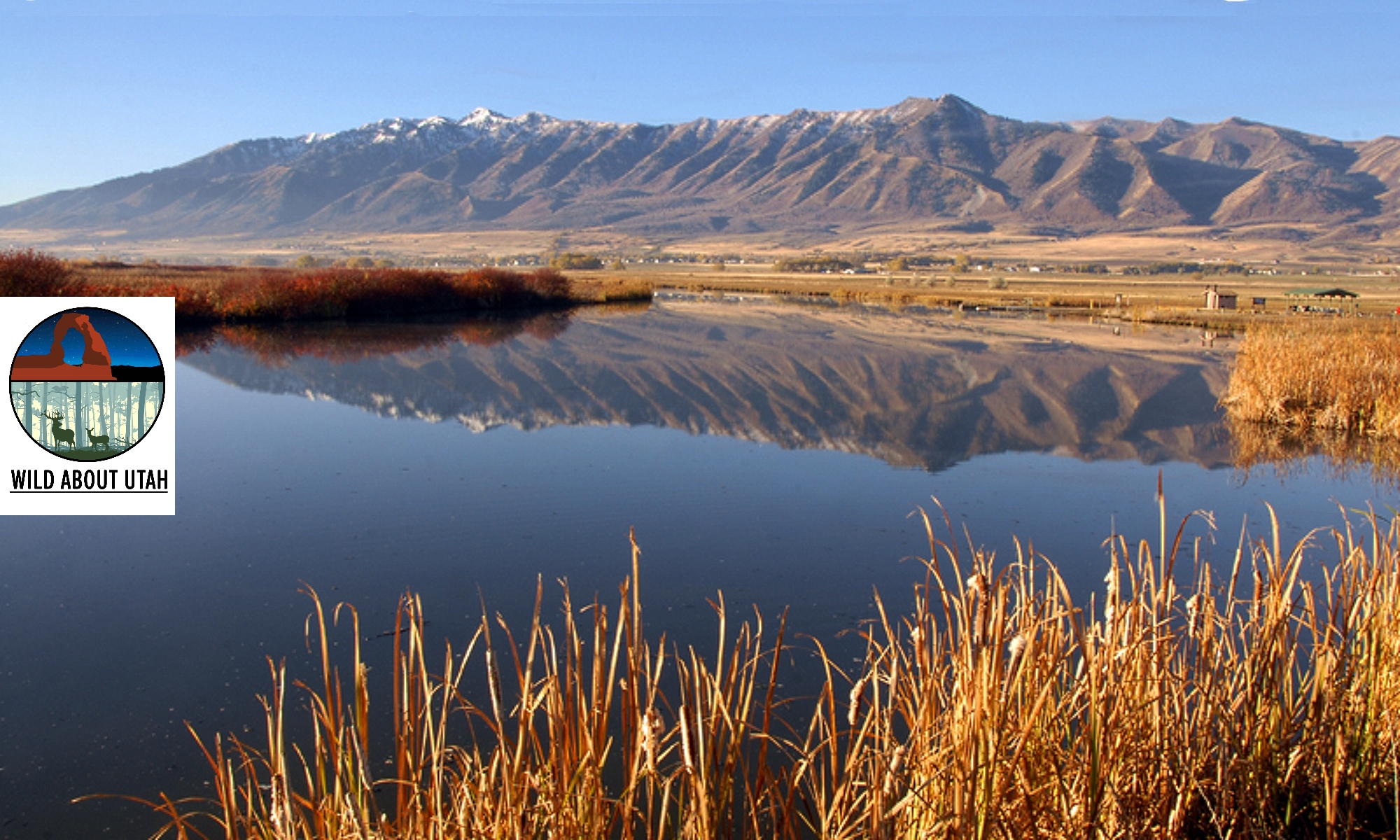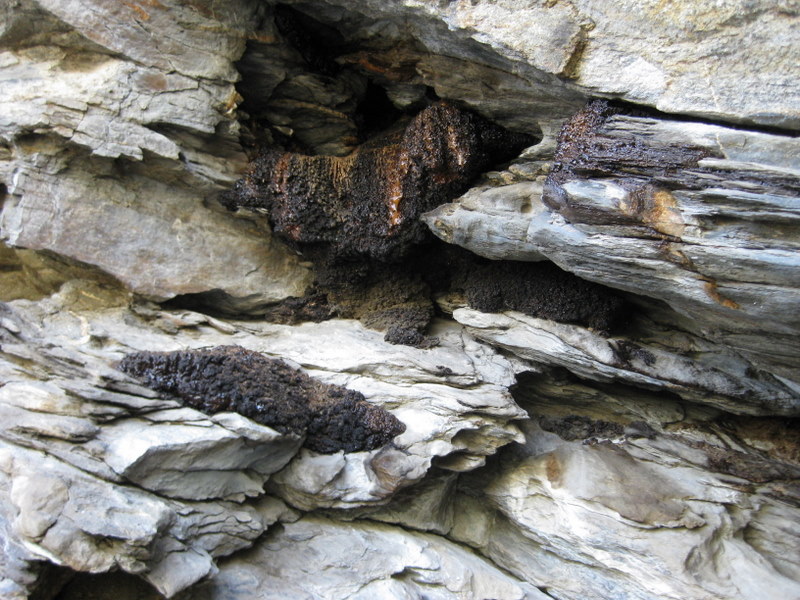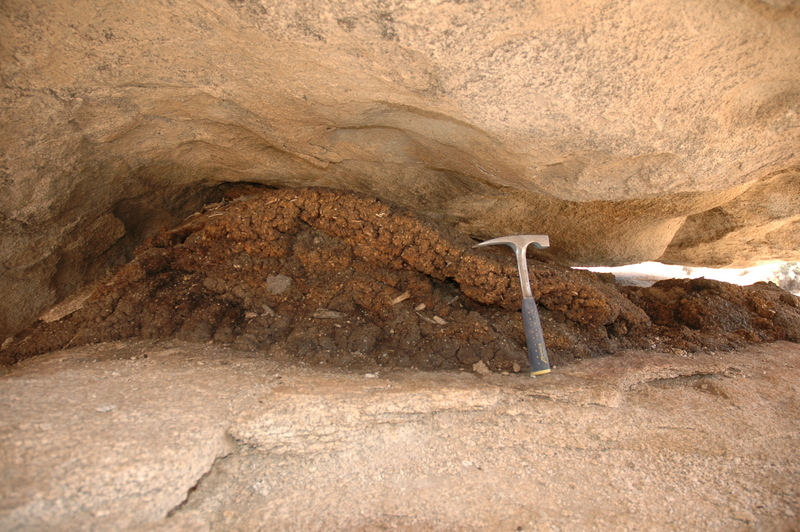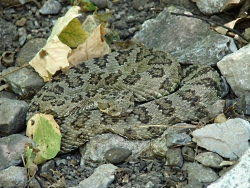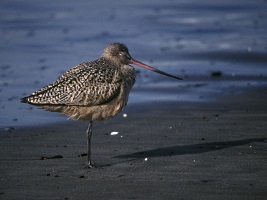
Photo by Lee Karney
Courtesy U.S. Fish and Wildlife Service
In the name of curiosity and hunger, man has tracked the migrations of animals for centuries. The first record of the use of leg bands to track birds is from 1595 when one of Henry IV’s Peregrine Falcons was lost in France. It showed up 24 hours later in Malta, about 1400 miles away. John James Audubon tied silver cords to a brood of phoebes and identified two nestlings that returned the next year. In 1899, Hans Mortensen added identification numbers and his return address to the plain leg bands and modern bird banding was born.
In the United States, anyone who finds a bird band is encouraged to report it to the Patuxent Wildlife Research Center in Maryland. Banding provides us with limited information, however. There is no data about the bird’s life between the time of banding and its recapture or death.
But recent miniaturization of satellite transmitters used to track larger animals is now proving valuable in bird research. In 2006, Bridget Olsen of the Bear River Migratory Bird Refuge and Adrian Farmer of the US Geological Survey started placing tiny satellite transmitters on the backs of Marbled Godwits, a hefty sandpiper that rests at the refuge during its migration. The Marbled Godwit is in decline throughout its range. This large shorebird was chosen by scientists from Mexico, the United States and Canada as the focus for an international shorebird conservation effort.
The solar-powered transmitters periodically record the bird’s GPS location. The transmission is picked up via satellite and returned to the researchers. Comparing two transmissions indicates travel time and speed.
Olsen and Farmer work with wildlife officers across North America to track the Marbled Godwits from their wintering grounds in Baja California, through their migration to nesting grounds in the Great Plains, Alaska and Canada.
This is Linda Kervin for Bridgerland Audubon Society.
Credits:
Photo: Courtesy US Fish & Wildlife Service, National Digital Library
Text: Lyle Bingham, Linda Kervin, Jim Cane, Bridgerland Audubon
Additional Reading:
Go Godwits Resources: https://www.fort.usgs.gov/Resources/GoGodwits/
Frequently Asked Questions: Tracking Marbled Godwits by Satellite: https://www.fort.usgs.gov/Resources/GoGodwits/faq.asp#Q1
Conservation Plan for the Marbled Godwit: https://www.fort.usgs.gov/Products/Publications/pub_abstract.asp?PubID=21601
Marbled Godwit, Limosa fedoa, Patuxent Wildlife Research Center, Migratory Bird Research, https://www.mbr-pwrc.usgs.gov/id/framlst/i2490id.html
Effects of Management Practices on Grassland Birds: Marbled Godwit, USGS Northern Prairie Wildlife Research Center, https://www.npwrc.usgs.gov/resource/literatr/grasbird/mago/mago.htm
Marbled Godwit, Utah Department of Natural Resources, Division of Wildlife Resources, Utah Conservation Data Center,
https://dwrcdc.nr.utah.gov/rsgis2/Search/Display.asp?FlNm=limofedo
Satellites Used to Track Bird Movement and Preserve Species, U.S. Department of the Interior, U.S. Geological Survey, USGS Newsroom, June 12, 2006, https://www.usgs.gov/newsroom/article.asp?ID=1521
Bear River Migratory Bird Refuge, Brigham City, UT – Research Page,
https://www.fws.gov/bearriver/research.html
